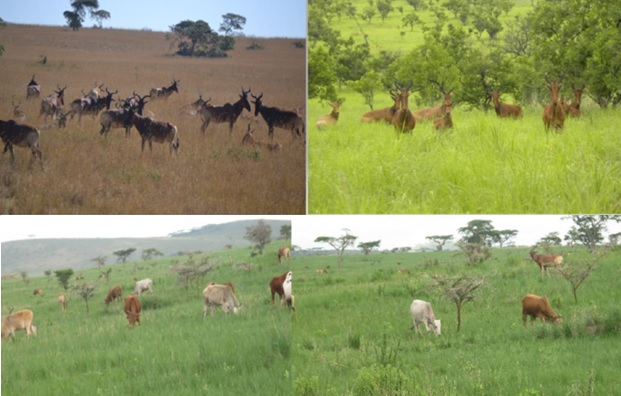The disputation will be live streamed using Zoom. The host of the session will moderate the technicalities while the chair of the defence will moderate the disputation.
Ex auditorio questions: The chair of the defence will invite the audience to ask ex auditorio questions either written or oral. This can be requested by clicking "Participants" followed by clicking "Raise hand".
The meeting opens for participation just before 3.15 PM and closes for new participants approximately 15 minutes after the defense has begun.
Trial lecture
Time and place: Jan. 28th, 2021 3.15 PM, Zoom
"Evolutionary response to anthropogenic stress"
Main research findings
Swayne’s hartebeest (Alcelaphus buselaphus swaynei) is an endemic and endangered herbivore recently confined into two protected areas: Senkele Swayne’s Hartebeest Sanctuary and Maze National Park, in Ethiopia. This study aimed to investigate the current conservation status and behavioural ecology of the Swayne’s hartebeest using multiple approaches. We estimated their total population at 1,528 individuals and livestock share their geographic range. Genetic parameters suggest weak sub-structuring between the two populations. Swayne’s hartebeest exclusively preferred grassland where controlled burning played an important role in maintaining habitat quality. The dynamic nature of resource availability in different seasons explains the variation in activity patterns and space use of the Swayne’s hartebeest over time, but their home range size is less influenced by seasonality. Senkele Swayne’s Hartebeest Sanctuary is of critical conservation value to the Swayne’s hartebeest; however, the surrounding communities endure significant human-wildlife conflict and hence the survival of this relict population of Swayne’s hartebeest in the sanctuary remains at risk. In conclusion, as per the IUCN guideline for threatened species, the Swayne’s hartebeest populations need urgent conservation measures to ensure its sustainability. Our findings will help to inform management strategies and conserve the last two extant populations of Swayne’s hartebeests.

